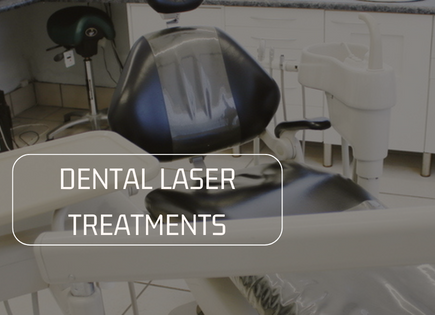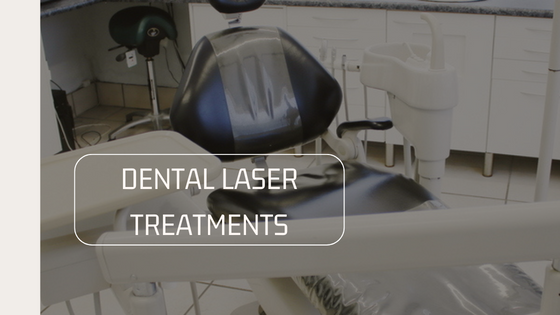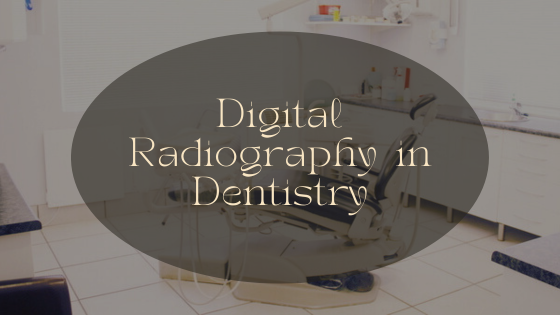Located in the heart of Ratchapruek, Ruam Dental Clinic has become a leader in comprehensive dental care. The clinic offers an extensive array of services—from general dentistry to intricate orthodontics and cosmetic makeovers.
Expert Oral Health Care and General Dentistry
RuamDental Clinic firmly believes that prevention is better than cure. The foundation of their practice lies in promoting oral health through regular consultations and preventive measures. Their general dentistry services include routine check-ups, professional cleanings, sealants, fluoride treatments, and patient education about at-home oral hygiene. Additionally, they manage common dental issues such as cavities, gum disease, and toothaches with treatments like fillings, root canals, and extractions, ensuring your oral health is in optimal condition.
Quality Restorative Dentistry
Life can take a toll on your teeth, but Ruam Dental Clinic is committed to restoring your oral function and aesthetic appearance to its fullest potential. The clinic offers a host of restorative options such as dental crowns, bridges, implants, and dentures. They utilize cutting-edge technology and superior quality dental materials to render durable solutions, whether you’re looking to replace a missing tooth, restore a damaged one, or refine an imperfect bite.

Advanced Orthodontic Treatments
With its skilled orthodontists at the helm, Ruam Dental Clinic surpasses traditional braces. They offer a range of orthodontic solutions, including metal braces, ceramic braces, lingual braces, and advanced clear aligners. The orthodontic team tailors the treatment plan to each patient’s needs, taking into account the specific alignment problems, aesthetic goals, and lifestyle preferences. Through their comprehensive orthodontic services, they strive to give you the gift of a dazzling and functional smile.
Excellence in Cosmetic Dentistry
At Ruam Dental Clinic, they understand the power of a beautiful smile. Their expertise includes not just maintaining your oral health, but also enhancing the aesthetic appeal of your smile. The cosmetic services encompass teeth whitening, dental veneers, bonding, and fillings, aimed at correcting discoloration, misalignments, chips, or gaps in teeth. Combining state-of-the-art technology with an artist’s touch, the clinic’s cosmetic procedures can dramatically transform your smile and self-confidence.
Prioritizing Patient Comfort and Satisfaction
Ruam Dental Clinic’s dedication to patient comfort and satisfaction underpins all their services. Patients at Ruam Dental Clinic are treated with personal attention, keeping patients at ease and forming relationships built on trust. The clinic’s use of modern dental techniques and technologies not only ensures superior treatment outcomes but also makes dental visits more comfortable and less stressful.
In Conclusion
A radiant smile and robust oral health are integral to your well-being, and Ruam Dental Clinic understands this perfectly. With their broad array of services, from general dental care to intricate cosmetic dentistry and orthodontics in Ratchapruek, Ruam Dental Clinic is truly a one-stop solution for all your dental healthcare needs. By choosing Ruam Dental Clinic, you are opting for a partner who is as invested in your smile as you are.
รวมทันตแพทย์คลินิก
ที่อยู่: 810 19 ซอย ประชาอุทิศ 17 เขตราษฎร์บูรณะ กรุงเทพมหานคร 10140
โทร: 095-713-0027

















